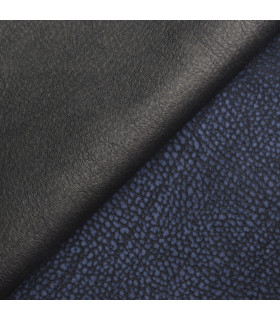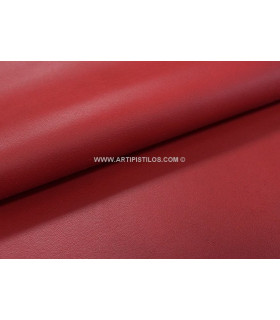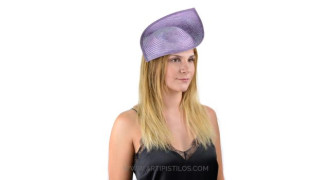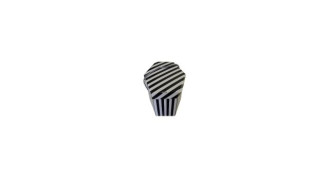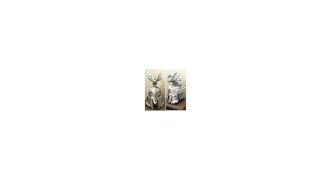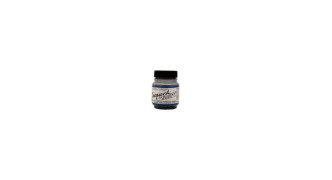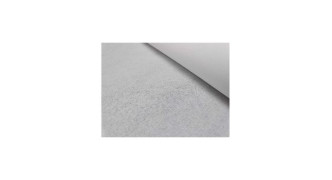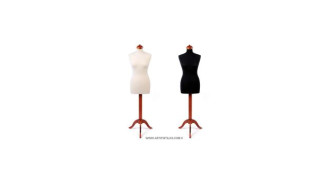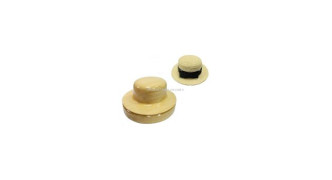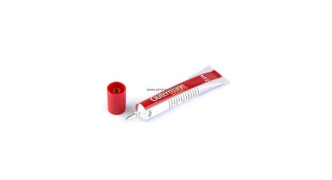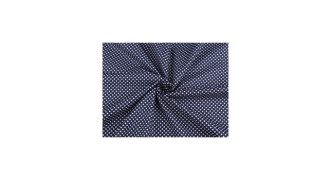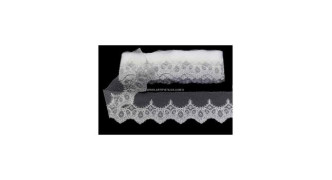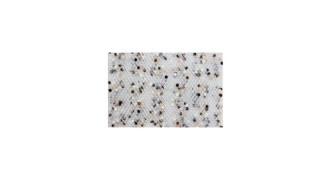REDUCED
LEATHER
FIND THE BEST LEATHER FOR CRAFTSMEN HERE
Hat-making also utilizes leather for creating hats, particularly for the bands that encircle the crown. If you're a hat-making enthusiast, here we offer you the finest leather for craftsmen like yourself.
One of the most commonly used types of "leather" due to its affordable price is the synthetic leather or faux leather. Also known as synthetic hide, this material mimics the look and feel of real leather and is made from polyester, polyurethane, and/or PVC.
Another type of leather (this one is indeed genuine) is the sheepskin leather, likely one of the most historically used. Napa leather is similar but softer since it comes from calves, lambs, and kids, whose skins are softer than those of adult animals.
We have the aforementioned products available in multiple colors (white, black, red, blue, grey, brown, etc.) which you can purchase in predefined fabric portions. Do not hesitate to contact us with any questions you may have!
WHAT IS LEATHER?
Leather for clothing, popularly known as leather, is tanned and beautified animal skin used to make all kinds of garments and accessories. The skin of many animals has resistant and flexible properties which, after proper treatment, can be very useful for humans.
Humanity began working with leather thousands of years ago. Its production generates an intense and rather unpleasant smell, so this activity was normally carried out on the outskirts of cities. In Ancient Egypt, leather was used for multiple purposes, such as sandals, gloves, clothing, buckets, bottles, and even burial shrouds. In 2010, the oldest leather shoe ever recorded was found in Armenia, dating back 5,500 years.
The preparation of leather begins by removing the skin from the animal's body. Then, the hair or wool covering is removed unless it is to be kept for the end product. It is then that the tanning process commences.
As an organic matter, skin rots and decomposes relatively quickly. Tanning turns the skin into rot-resistant leather, meaning it does not degrade. Traditionally, tannin has been used for this process, a chemical compound that transforms the collagen from the proteins that make up the skin in a way that makes it more resistant to decomposition. Since the 20th century, chromium has been more commonly used for tanning.
Leather can be made from many animals, mostly domestic (cattle, sheep, goats, horses, pigs, etc.), but it can also be made from wild and/or aquatic animals, such as seals or alligators.
The art of making accessories, complements, and clothing with leather is called leatherworking, a concept that comes from the French and refers to the expertise of Moroccan leather craftsmen. A wide variety of items can be made from this material, such as leather clothing, leather footwear, leather bags, furniture with leather, leather tools, leather sports equipment, and more.



